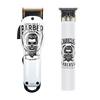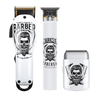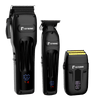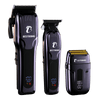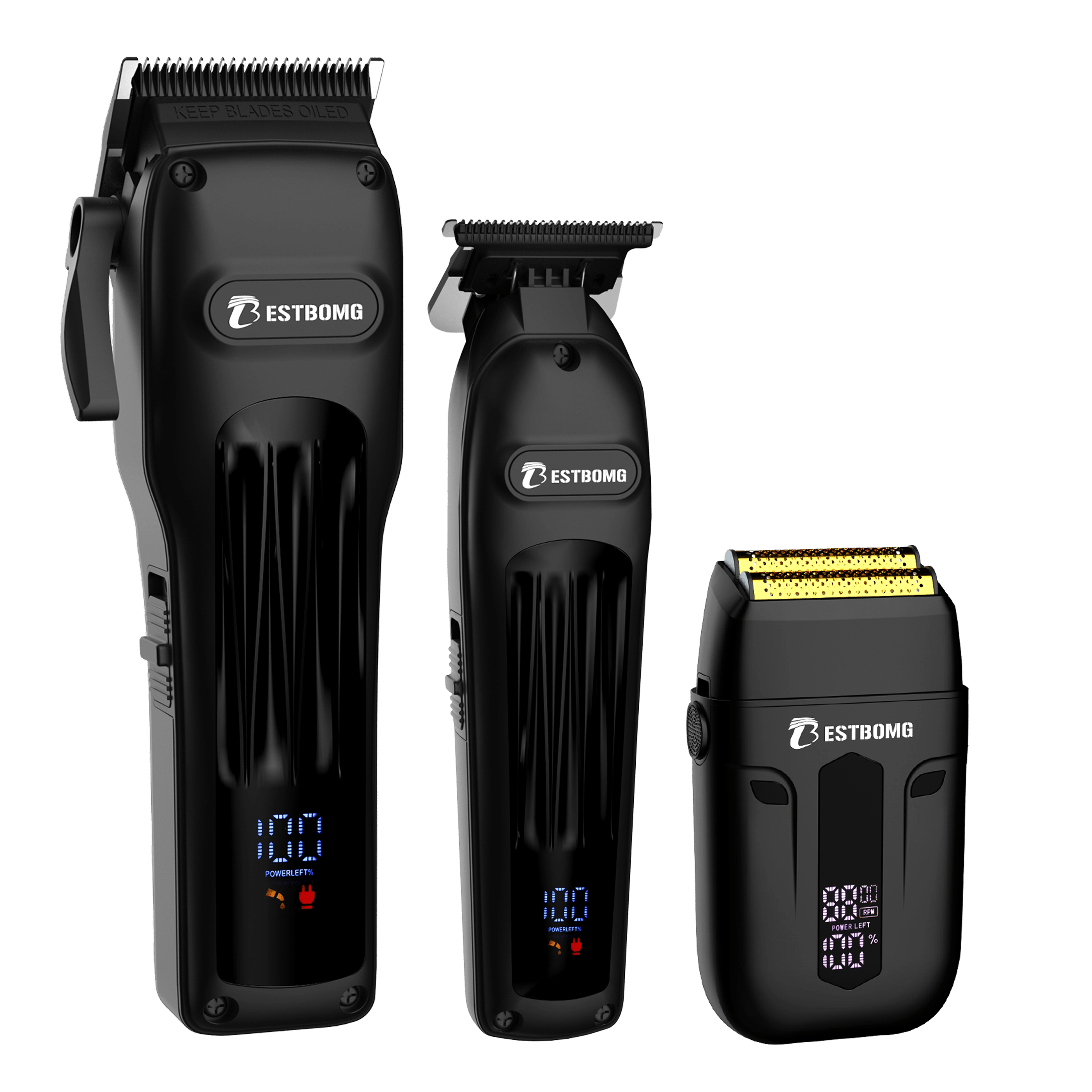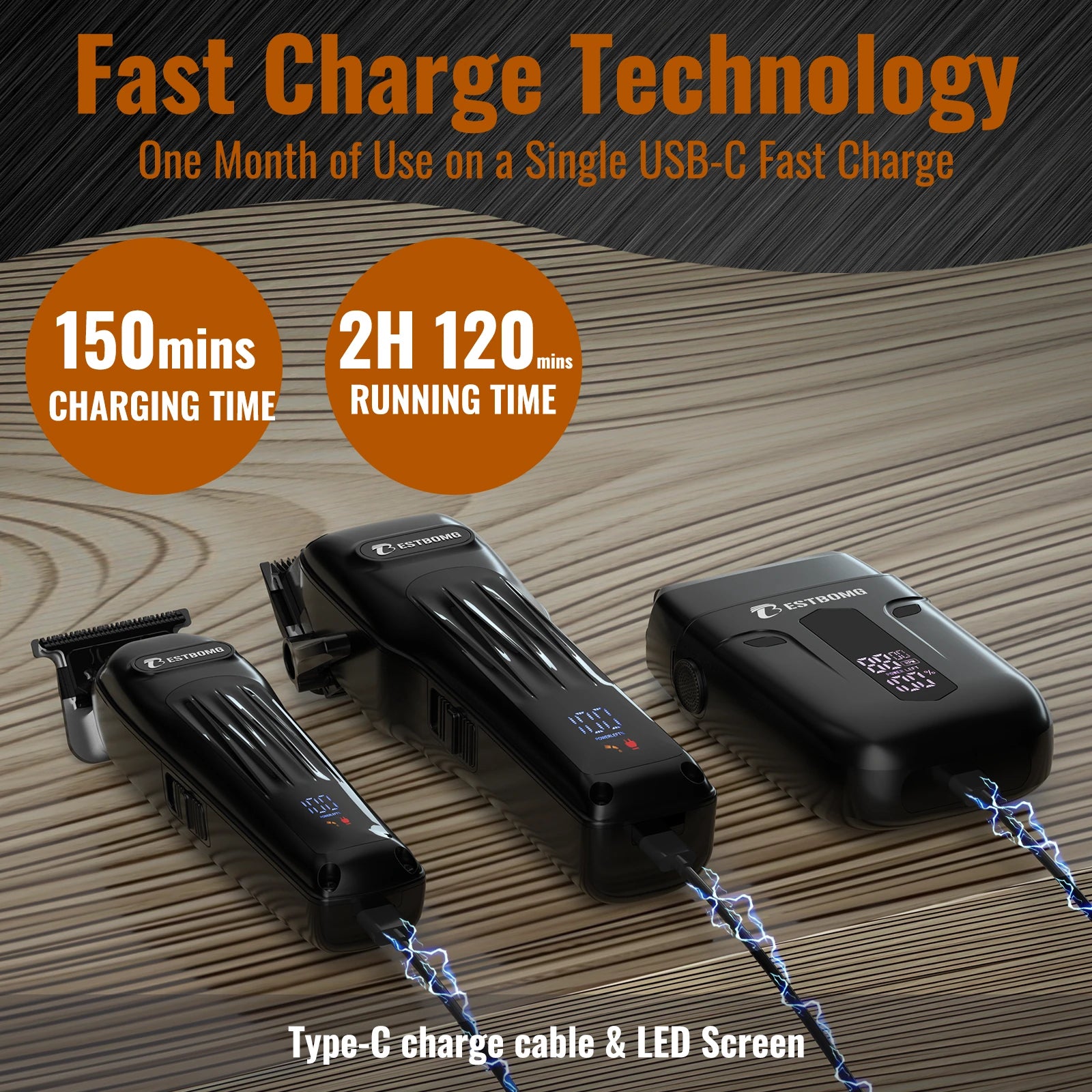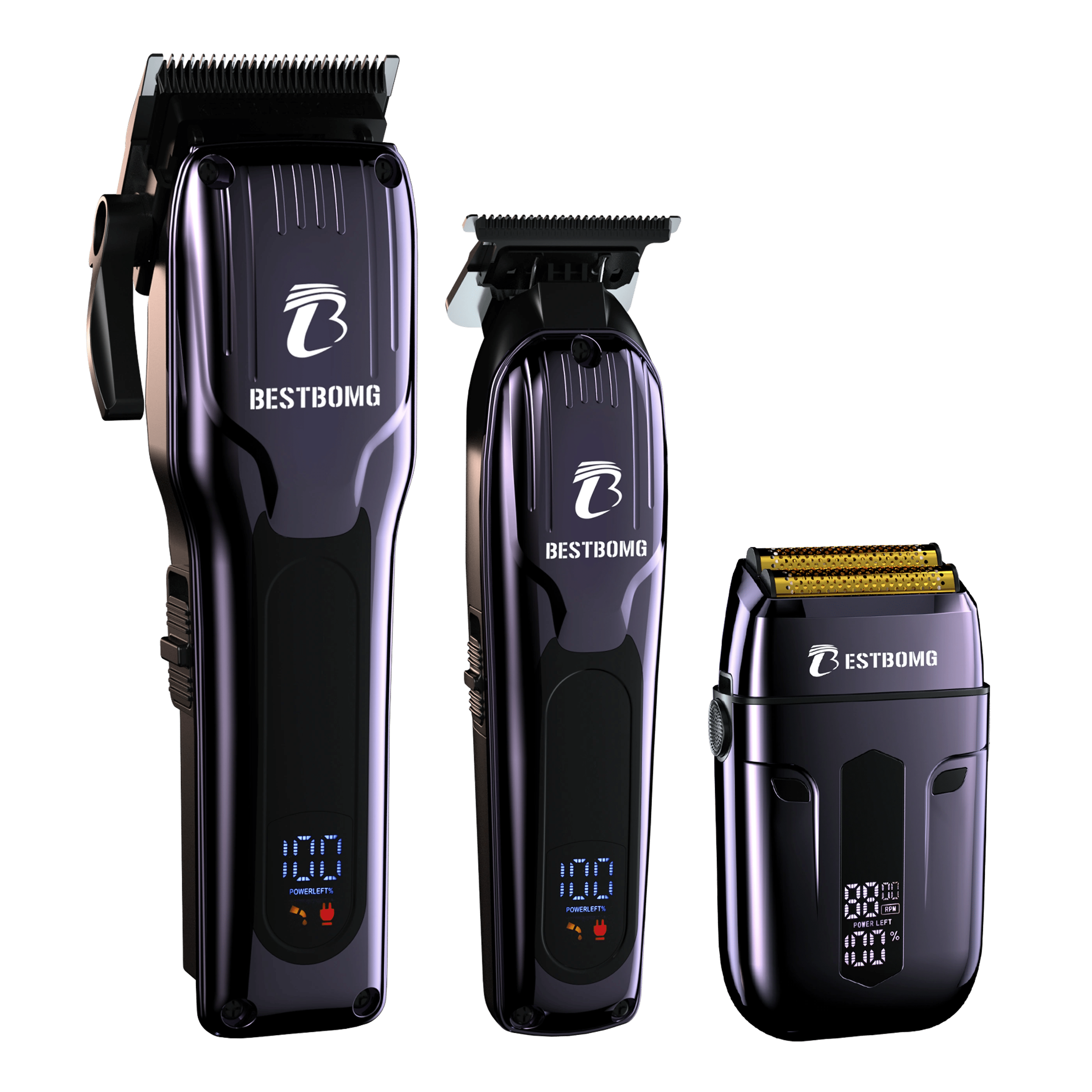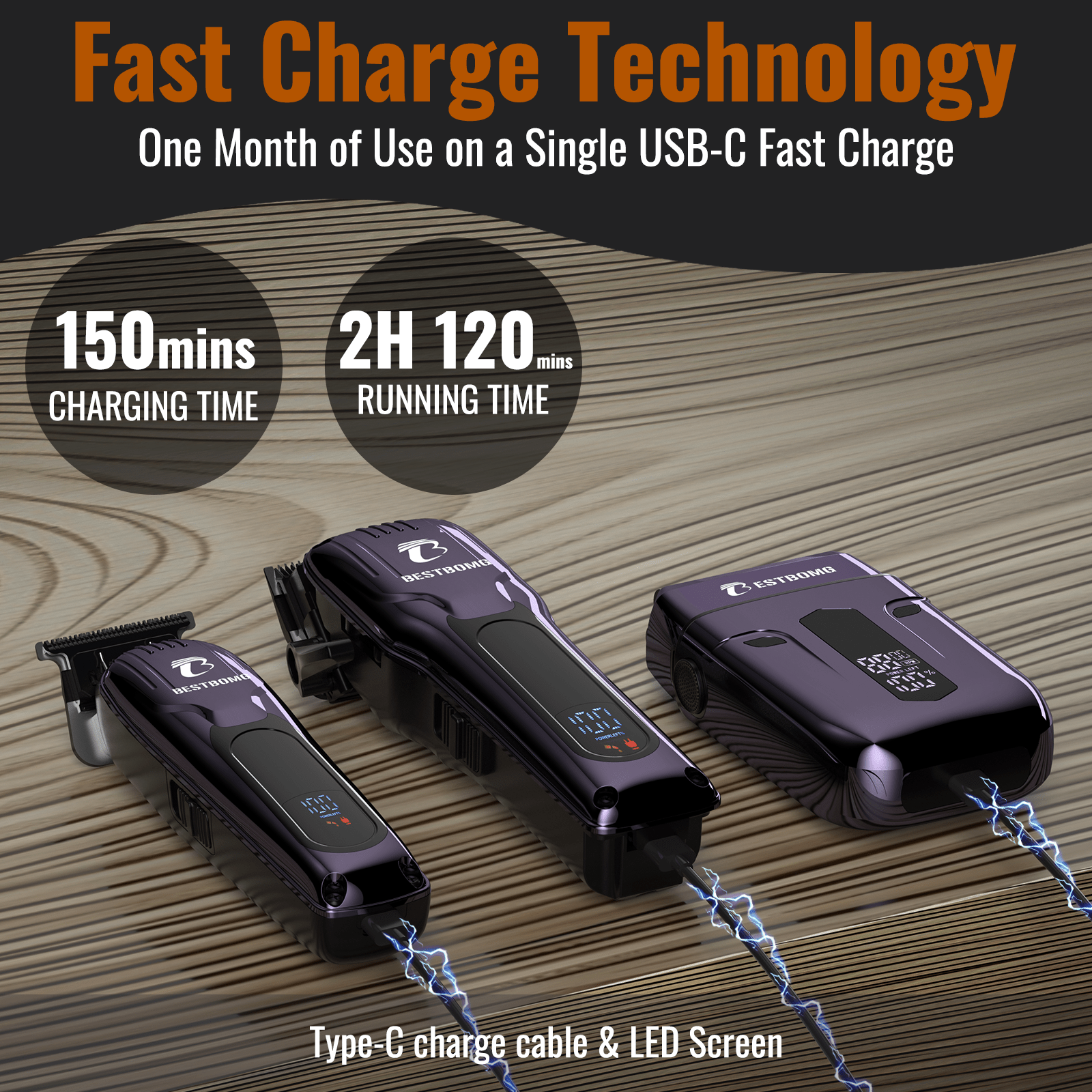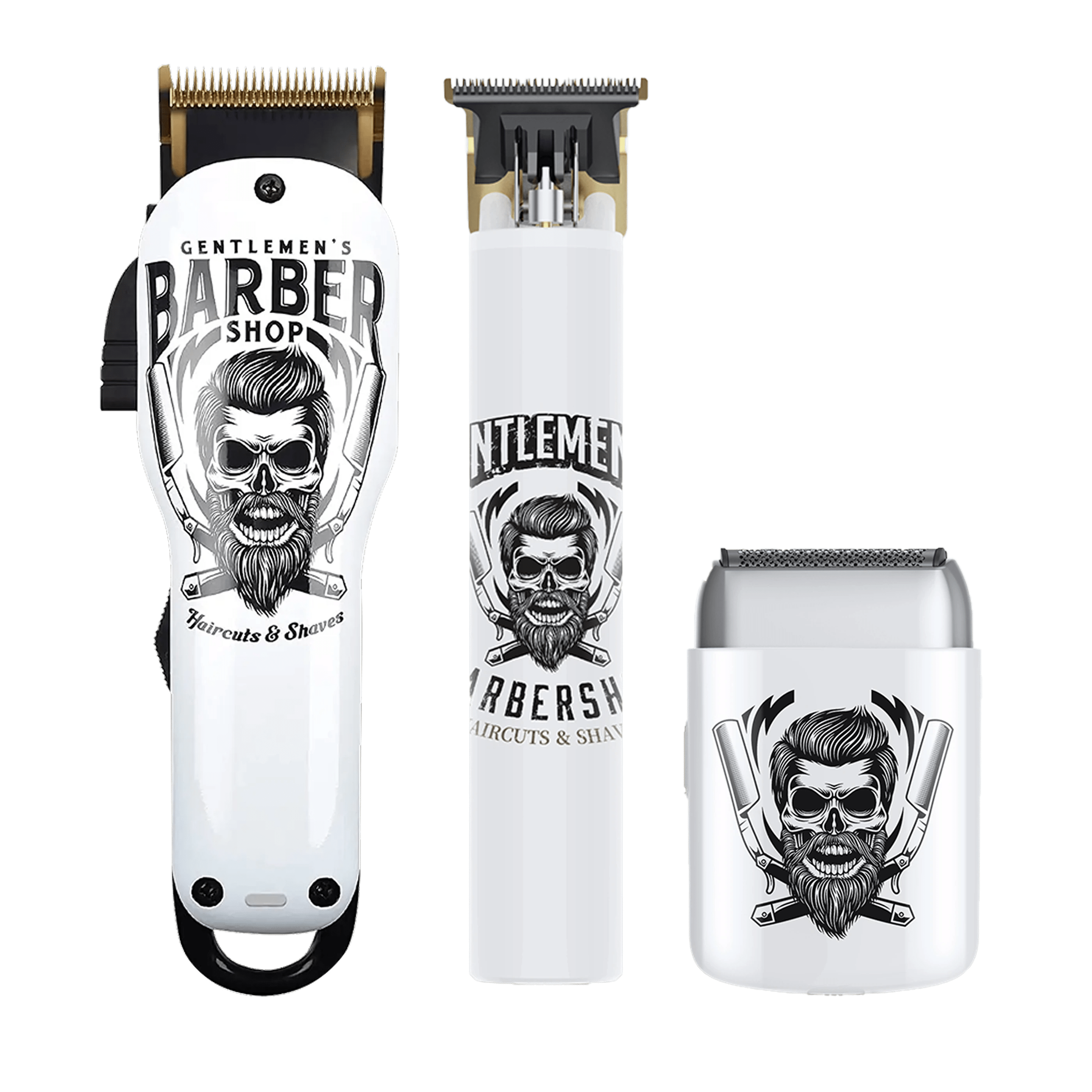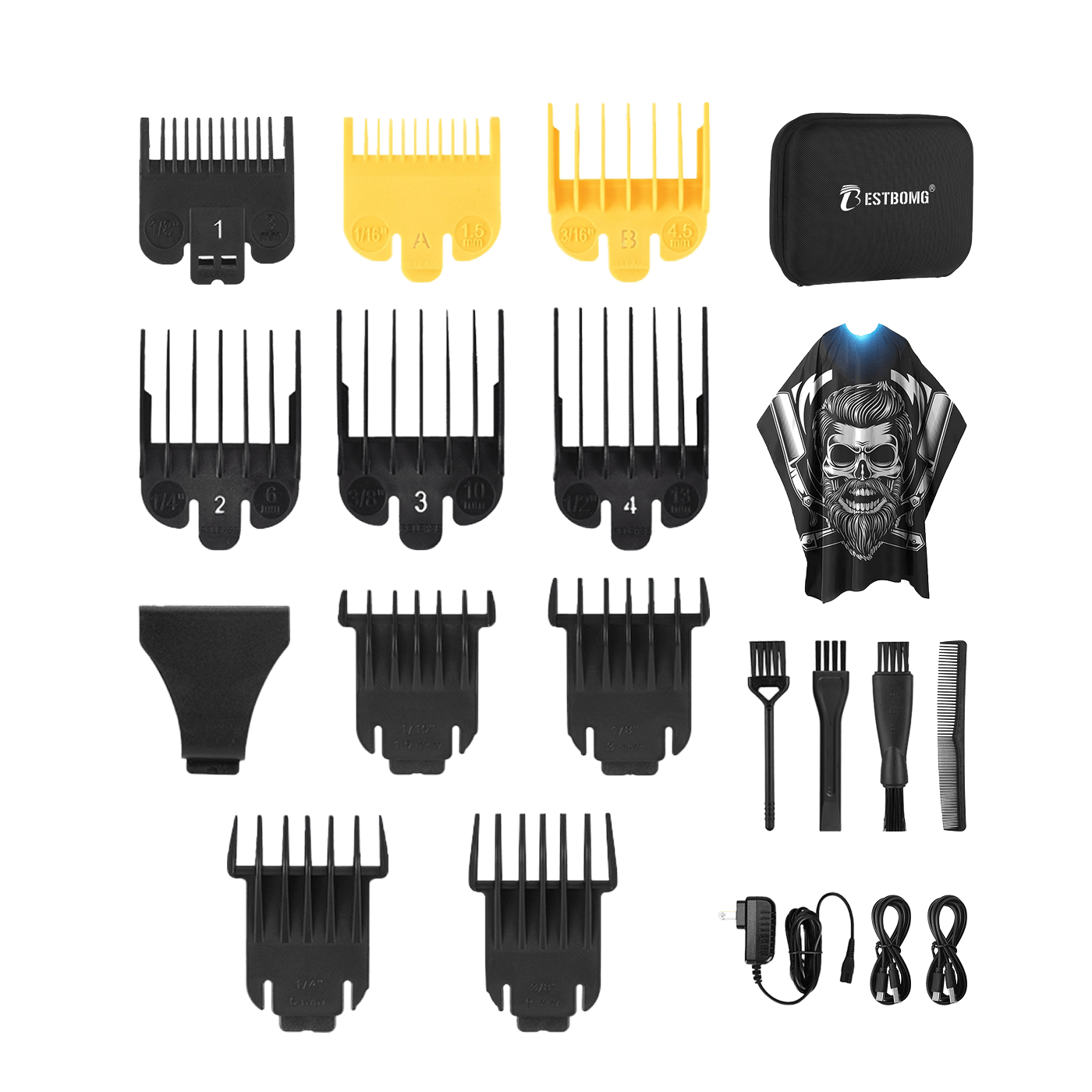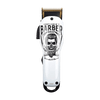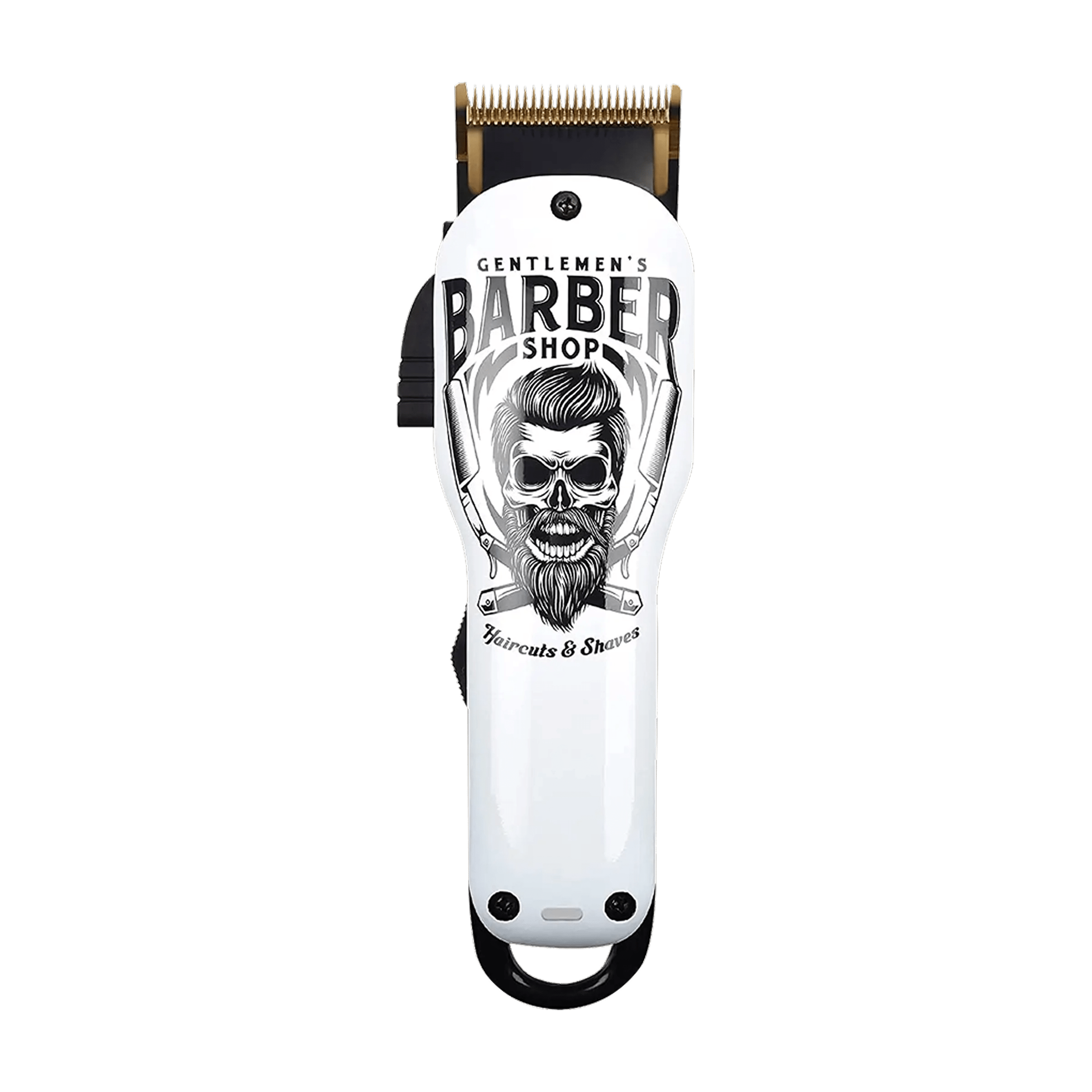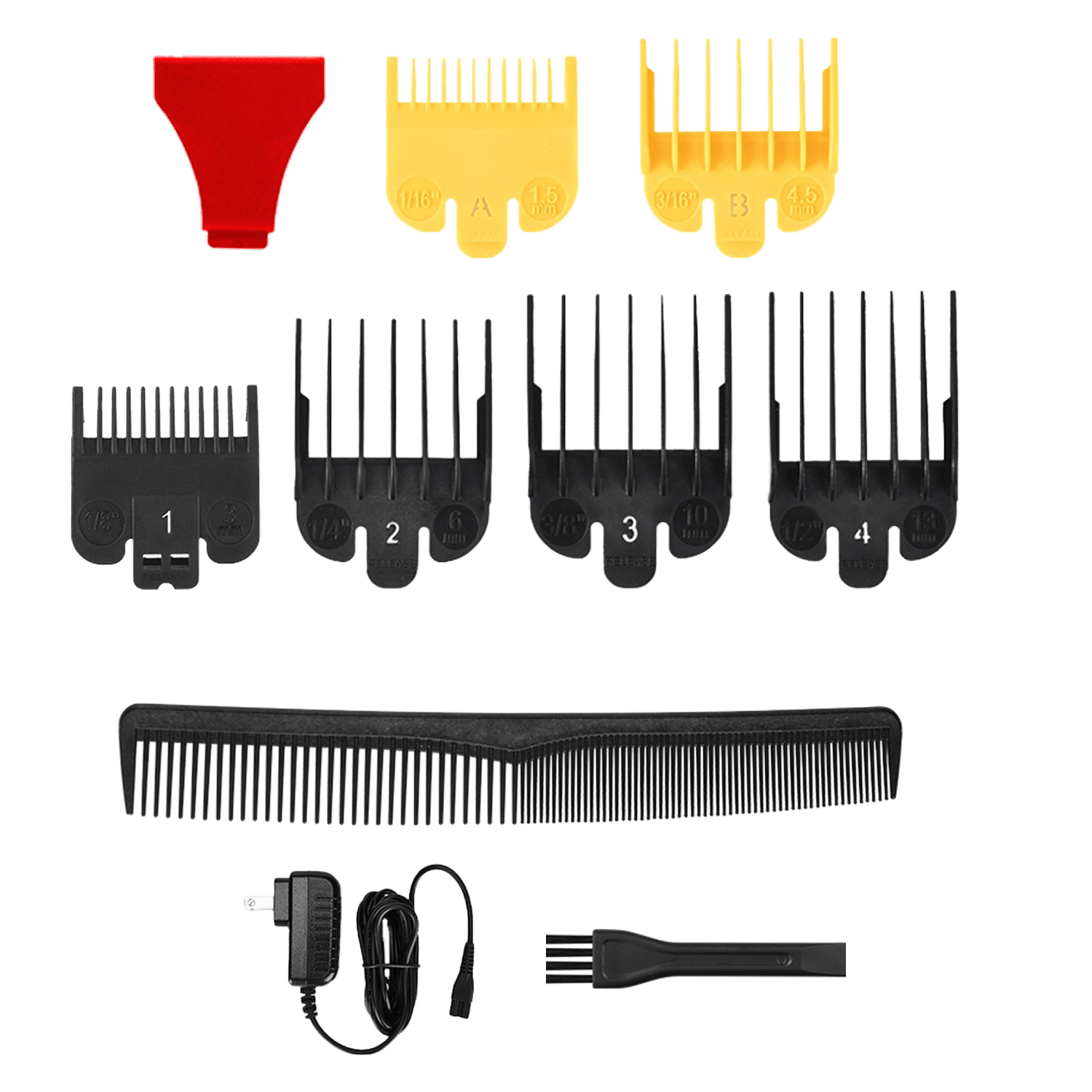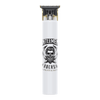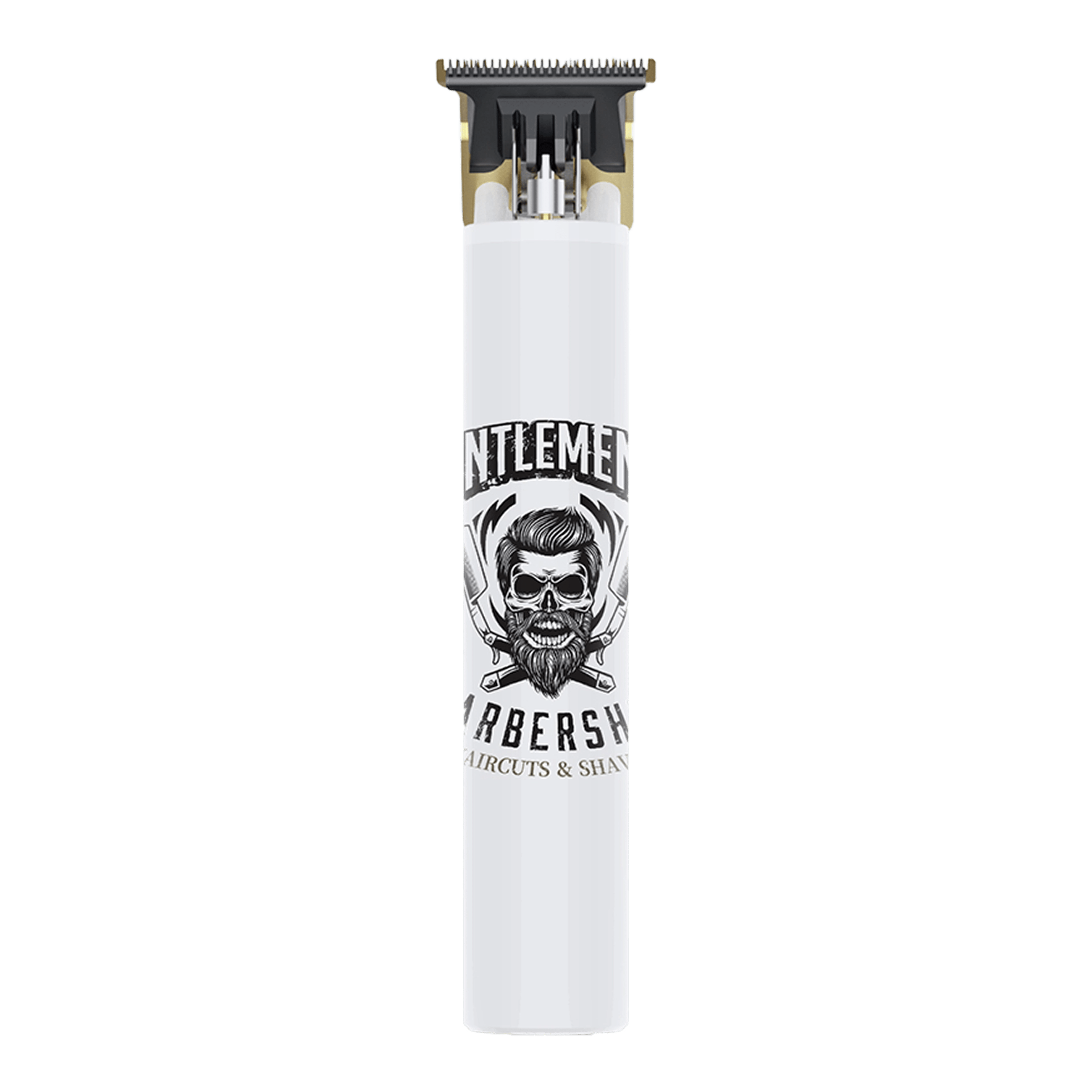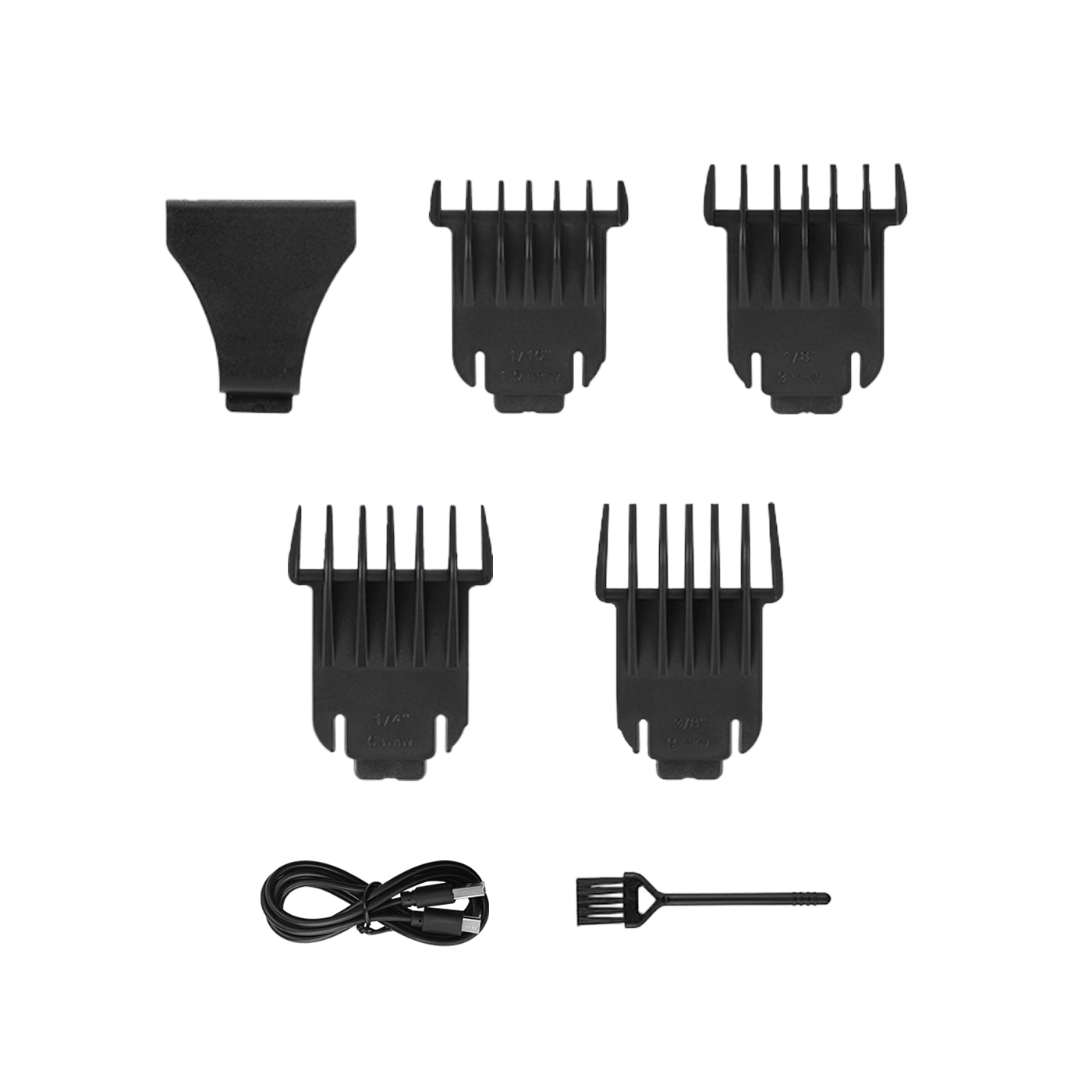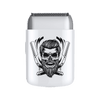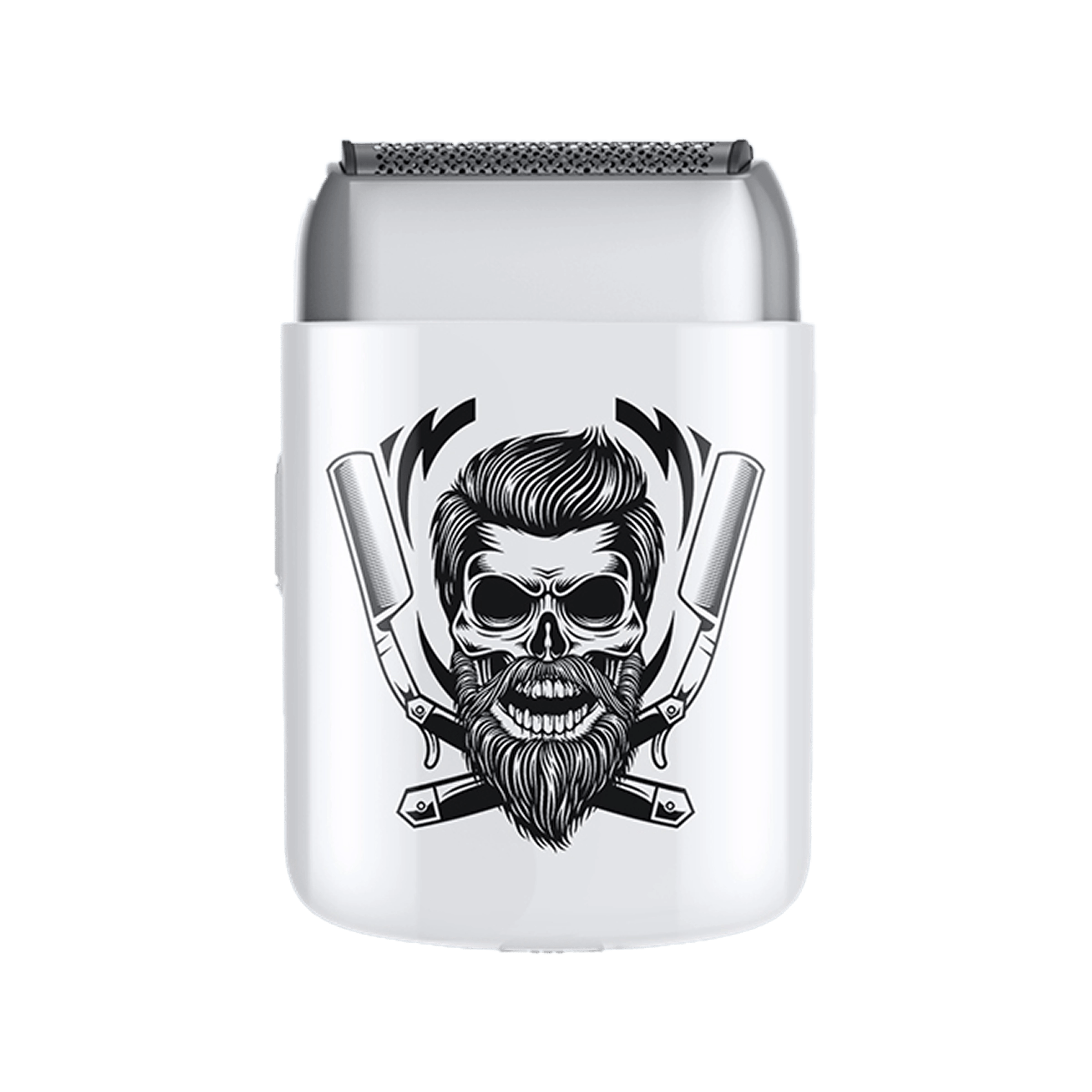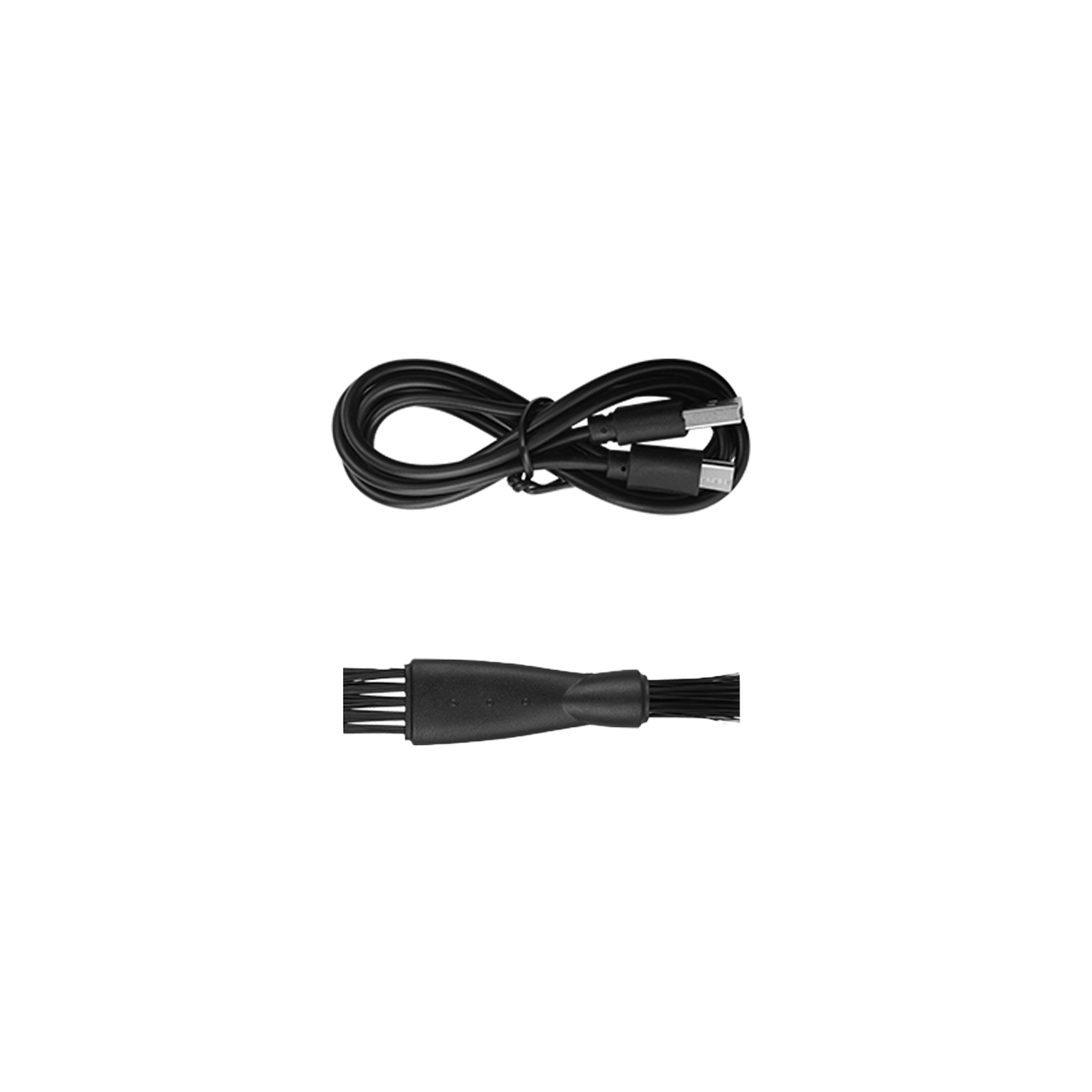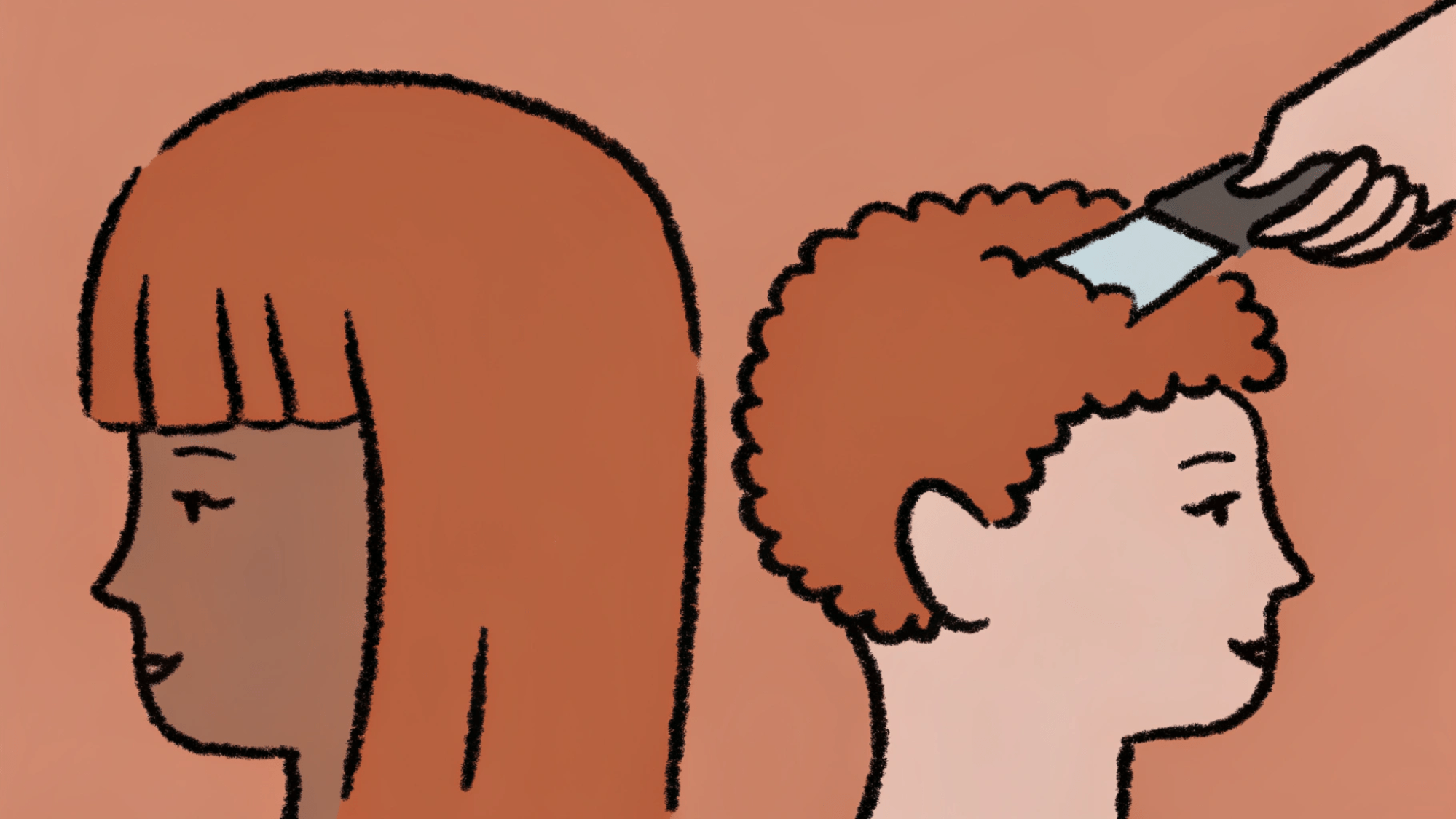Clean, dry, straight to wavy hair cuts easiest with clippers. Thick, curly, or very fine hair requires more care and technique. Understanding your hair type helps you get better results and avoid pulling or missed spots.
This guide explains which hair types work best with clippers and how to handle challenging textures.

Easiest Hair Types for Clippers
Clean and Dry Hair: Grease makes hair clump together. Clippers catch on clumps instead of cutting smoothly. Dirty hair also dulls blades faster.
Straight Hair: Cuts most predictably. Clippers glide through easily. Results look even with minimal effort. Best for beginners.
Wavy Hair: Works well once you find right angle. Natural texture hides small mistakes. Still cuts smoothly with proper technique.
Medium Thickness: Not too thick to push through. Not too thin to grab. Perfect balance for standard clippers.
According to hair cutting basics, hair texture significantly affects cutting ease.
Video: Cutting Different Hair Types
Challenging Hair Types
Very Thick Hair: Clippers bog down in dense hair. Motor strains. Blades heat up quickly.
Solution:
- Divide into smaller sections
- Work slowly in thin layers
- Use powerful motor clippers
- Change angles frequently
Very Curly Hair: Curls shrink when cut. Hard to see actual length. Natural pattern affects final shape.
Solution:
- Stretch hair gently while cutting
- Account for shrinkage (cut longer)
- Work with curl pattern, not against
- Use wider-tooth guards
Coarse Hair: Thick individual strands resist blades. Can feel stubborn and stiff.
Solution:
- Change cutting angle
- Use sharper blades
- Apply light oil to lubricate
- Multiple passes if needed
Very Fine Hair: Too thin for blades to grab consistently. Slides through without cutting. Creates missed patches.
Solution:
- Apply small amount of hair oil
- Use finer-toothed blades
- Work in smaller sections
- Check carefully for missed spots
Quality clippers for all hair types handle various textures with proper technique.
Why Dry Hair Cuts Better
Wet hair problems:
- Stretches longer than actual length
- Shrinks when dry (unexpected shortness)
- Clumps together unevenly
- Clogs clipper teeth
- Harder to see true length
Dry hair benefits:
- Shows real length accurately
- Cuts predictably
- Less blade clogging
- Easier to control
- Better final results
Slightly damp is OK: Light mist helps control flyaways without stretching issues. Just avoid soaking wet.
Best Clippers for Different Hair Types

|
Hair Type |
Motor Power |
Blade Type |
Special Features |
|
Straight/Fine |
Standard |
Fine teeth |
Adjustable lever |
|
Wavy/Medium |
Standard |
Standard teeth |
Multiple guards |
|
Thick/Dense |
High power |
Wide teeth |
Strong motor |
|
Curly/Coarse |
High power |
Wider spacing |
Heat vents |
For fine hair: Standard home clippers work fine. No special power needed.
For thick hair: Professional-grade motor handles density without bogging down. Worth the investment.
For curly hair: Adjustable blades let you customize for curl pattern. More versatile.
A complete clipper set includes guards and accessories for various textures.
Using Sharp Blades
Dull blades cause most cutting problems regardless of hair type.
Signs blades are dull:
- Pulling or tugging
- Multiple passes needed
- Uneven cutting
- Motor straining
- Hair getting caught
How to keep sharp:
- Oil after every use
- Clean thoroughly
- Replace yearly (heavy use)
- Professional sharpening available
- Don't drop clippers
Sharp blades cut cleanly through any hair type. Dull ones struggle with even easy hair.
According to blade maintenance, proper care extends blade life significantly.
Techniques for Difficult Hair
Thick Hair Approach:
- Start with longer guard
- Work in thin horizontal layers
- Multiple passes bottom to top
- Don't rush or press hard
- Let powerful motor do work
Curly Hair Approach:
- Detangle completely first
- Stretch section gently
- Cut longer than desired (shrinkage)
- Work with natural curl direction
- Check results when hair relaxes
Fine Hair Approach:
- Apply light oil or leave-in conditioner
- Use finer blade settings
- Work slowly and carefully
- Check for missed spots frequently
- Multiple light passes better than one aggressive
Coarse Hair Approach:
- Change cutting angle if grabbing
- Use sharp, well-oiled blades
- Cut in direction that works (experiment)
- Smaller sections for control
- Patient, steady approach
Using Comb as Guide
Combs help with tricky hair types. Create precise lengths and manage layers.
How to use:
- Insert comb into hair
- Hold at desired length
- Run clipper along comb teeth
- Comb acts as guard
- Repeat for entire section
Benefits:
- More control than guards alone
- Works for any length
- Helps with uneven textures
- Creates smooth blending
- Prevents cutting too short
Especially useful for curly or thick hair where standard guards struggle.
Hair Preparation Tips
Before cutting any hair type:
- Wash thoroughly - Remove oils, products, dirt
- Dry completely - Towel and air dry fully
- Detangle - Comb smooth, remove knots
- Section if thick - Divide into manageable parts
- Check blade sharpness - Oil and test
For fine hair specifically: Apply light oil or smoothing serum. Helps blades grab without weighing down.
For thick hair specifically: Thin out with scissors first if extremely dense. Makes clippering easier.
For curly hair specifically: Gentle detangling spray helps. Reduces breakage during cutting.
Tools from Bestbomg work on multiple hair textures when prepared properly.
Common Problems and Solutions

Clippers pulling hair:
- Blades are dull (sharpen or replace)
- Hair is dirty (wash and dry)
- Going too fast (slow down)
- Wrong angle (adjust approach)
Missing spots:
- Hair too fine (use oil)
- Inconsistent pressure (keep steady)
- Blades not aligned (check alignment)
- Wrong guard choice (try different size)
Uneven results:
- Hair was wet (always cut dry)
- Inconsistent technique (practice smooth strokes)
- Curly hair shrinkage (cut longer)
- Need sharper blades (replace)
Motor bogging down:
- Hair too thick (smaller sections)
- Blades dull (sharpen)
- Clipper underpowered (upgrade model)
- Going too fast (slow steady pace)
Learn proper clipper techniques for consistent results.
Frequently Asked Questions
What makes hair easier to cut?
Clean, dry, straight to wavy hair with medium thickness cuts easiest. Dirt and oil make hair clump. Wet hair stretches and gives false length. Straight hair cuts most predictably for beginners.
Is wet hair easier to cut with clippers?
No. Wet hair is harder to cut with clippers. It stretches longer than real length, clumps together, and clogs blades. Always cut completely dry hair with clippers for accurate, even results.
What are the best clippers for men's hair?
Depends on hair type. Fine to medium hair: standard home clippers work. Thick or curly hair: need high-power professional clippers. Look for sharp blades, multiple guards, and adjustable settings for versatility.
What does 1,2,3,4,5 mean in haircuts?
Guard numbers showing length. #1 = 3mm very short, #2 = 6mm short, #3 = 9mm medium, #4 = 13mm crew cut, #5 = 16mm longer. Each number adds about 1/8 inch.
What is the 3 inch rule for hair?
The 3-inch rule isn't standard clipper terminology. May refer to leaving 3 inches on top for certain styles or maximum guard length on some clippers. Context determines meaning.
What does a #4 haircut look like?
A #4 guard leaves hair at 1/2 inch (13mm). Crew cut length. Shows hair texture clearly. Still short but enough length to see natural color and some styling. Common for sides and back.
Choose Right Approach for Your Hair
Straight, clean, dry hair cuts easiest with clippers. Thick, curly, or fine hair needs extra care but works fine with proper technique. Understanding your hair type helps you prepare correctly and avoid problems.
Key points: always cut dry, use sharp blades, adjust technique for your texture, and practice patience.
Browse professional clipper options suitable for all hair types and skill levels.
Read more
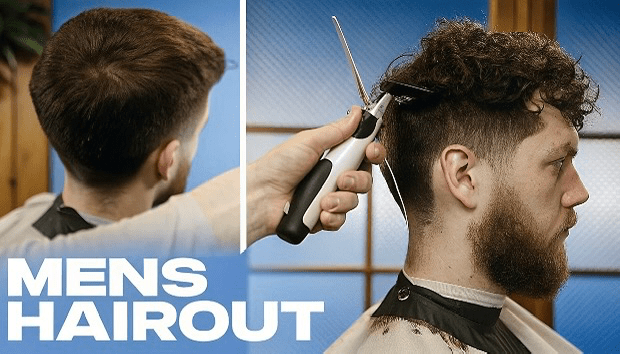
How to Cut Men's Hair with Clippers for Beginners
Cutting men's hair with clippers saves money and time once you learn the basics. Start with longer guards, understand your face shape, and work slowly against hair growth. This beginner's guide co...
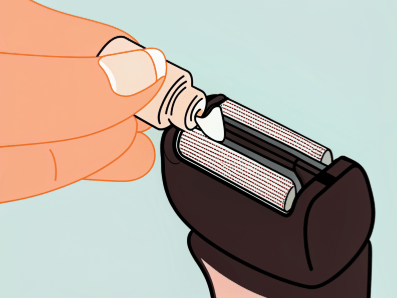
How Close Does a Foil Shaver Get? Shaving Guide
Foil shavers cut hair at skin level, leaving smooth results. The thin metal foil captures hair while blades underneath cut close to the surface. Not as close as razors but very close for an electri...
